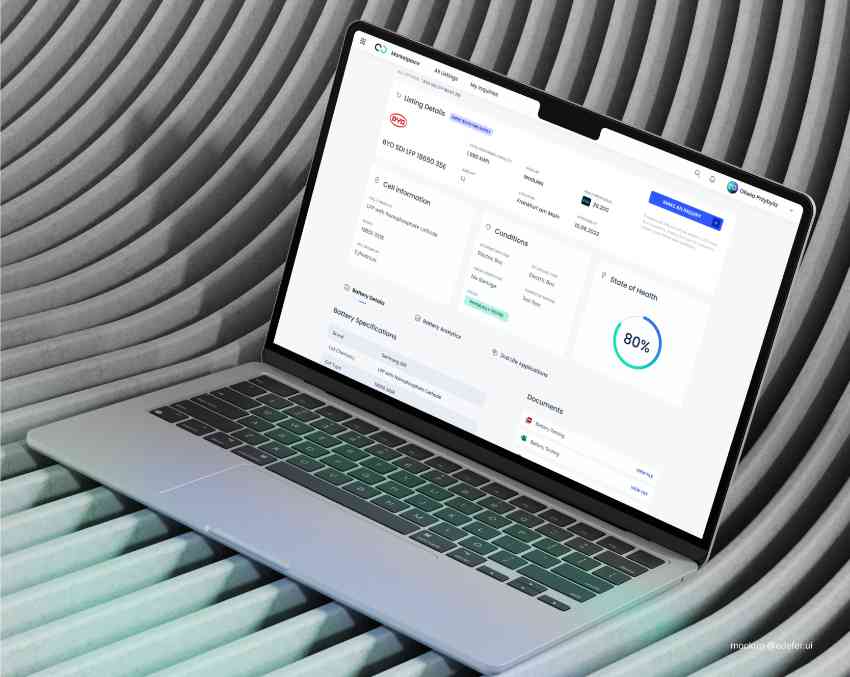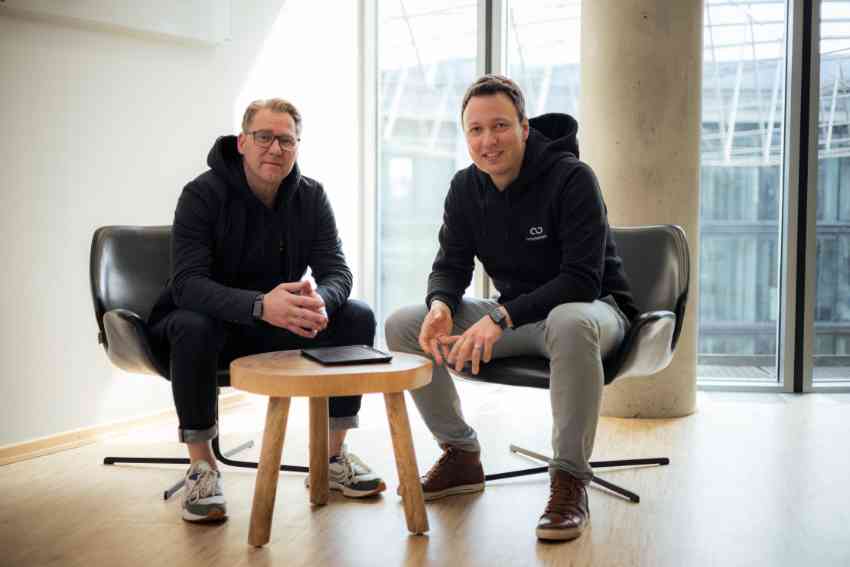In 2019, Circunomics was founded and began its journey in Mainz, Germany. Five years later, Circunomics is well on its way to establishing itself as the world’s largest battery life-cycle management solution for Li-ion batteries. Circunomics has created a trading environment that is contributing greatly to the overall circular economy. The company’s unique AI-supported software enables an extensive and detailed State of Health (SoH) analysis of the used battery. Additionally, by means of digital-twin technology, the intelligent life-cycle management solution can provide a near perfect simulation of future use in 2nd-life applications. Circunomics works independently of manufacturers and provides a complete overview of the market. This autonomy ensures up-to-date, realistic pricing on pack, module, and cell level. The cost benefits for both buyers and sellers are significant.
“The circular economy will be of increasing importance in the future. This creates a great opportunity for us to take a prominent position within the battery industry by providing a digital life-cycle management solution based on battery analytics and a B2B marketplace for Li-ion batteries.” says Felix Wagner, Co-Founder and CEO of Circunomics. He continues, “In 2030, there will be between 200-300 million electric vehicles on the roads world-wide from the automotive sector alone. This means that approximately six million used batteries will then come into the market every year as returns from end-of-life vehicles. Reusing or specifically recycling these is a mega-task that needs to be solved. After all, we all have one goal: to produce less CO2 and deplete less valuable, raw materials.”

“Our AI-supported software is unique in the market and has many advantages for all parties involved. Not only does can the software provide a detailed overview of the technical SoH of the battery after its 1st-life, but it can also make precise recommendations for 2nd-life usage. Circunomics analytics is able to determine best 2nd-life application for a given battery and what its behavior will be within it.” explains Jan Born, Co-Founder and CTO of Circunomics. He adds, “In this way, we also ensure maximum transparency to help determine a fair, realistic market price.”
Suppliers and buyers must go through an onboarding process before they can access the life-cycle management platform. By requiring a detailed onboarding, the company ensures that only reputable companies with high quality standards and that are aware of the dangers posed by a highly complex battery. Circunomics assures that those trading within the marketplace will act professional during storage, transport, assembly, use, etc.
The Circunomics life-cycle management platform is divided into two categories. The first, for packs, modules, and cells that are suitable for further use in 2nd-life applications. The second, for those that are unsuitable for 2nd-life application and are then offered directly to specialized recycling companies. Suppliers and buyers can decide whether to use the platform purely as a place of trade, or to additionally utilize the Circunomics analytics. Circunomics expects that in the coming years, business on the digital marketplace will be split 50/50 between pure trading and trade paired with analytics and simulation.

Concerns about the reuse of used batteries in 2nd-life applications are not justified, according to the analysis experts at Circunomics: “In most cases, the initial use of a battery takes place under very stressful conditions. Within an electric vehicle, it must function perfectly at varied and extreme temperatures. It is exposed to a wide variety of driving and usage conditions. And finally, it is alternately charged with 11 or 22 kW or at a fast charger with over 100 kW. Use in 2nd-life is generally much less stressful. For example, as a storage medium for cushioning peak loads of a photovoltaic system, a battery does not have to withstand rapid, constantly recurring, and extreme alternating conditions. At the end of its 1st-life, its SoH is most always sufficient for a 2nd-life. This allows it to be used for many years before it is recycled.”
CEO Felix Wagner: “In 2023, we successfully traded 279 MWh of storage capacity in the form of packs, modules, and cells via the platform. Our goal for the next three years is to see this number increase to over three gigawatt hours. Even with this large number, we would only scratch the surface of battery returns. Three gigawatt hours is equivalent to approximately 50,000 complete batteries from current midsize and luxury cars.”Currently, trade is limited to the most widespread Li-ion batteries. However, the Circunomics life-cycle management solution will continually adapt to future requirements of new battery concepts. It will seek to offer these new concepts, analyze them, and simulate their performance. Circunomics focuses not only on batteries from passenger cars, but also on those coming from trucks and buses, from ships and from aviation, as well as micro-mobility or production scrap. These industry target groups are also of great interest to Circunomics as they too play a significant role in making the battery industry circular.
For a quick 45-second overview of how the Circunomics solution works, take a look at their latest video
Inga Swope
PR, Marketing, and Communications Manager

